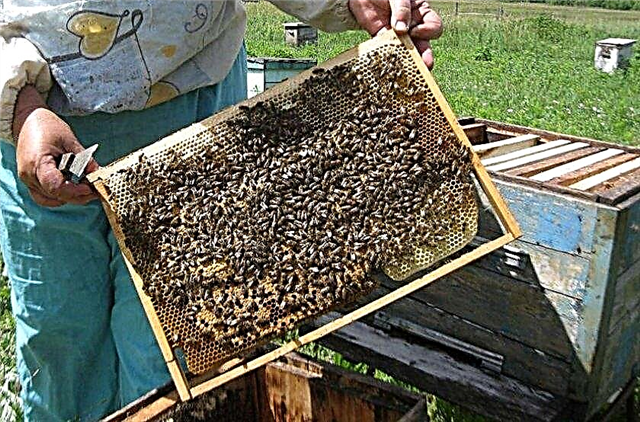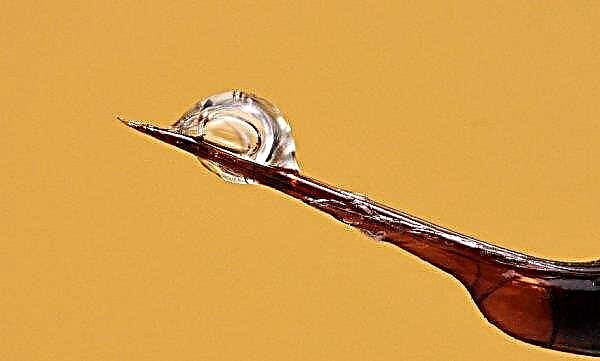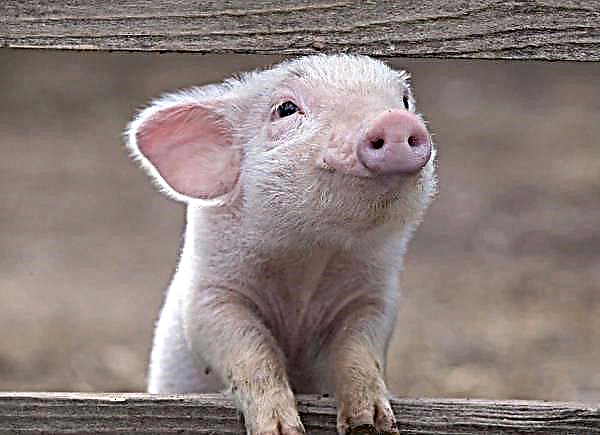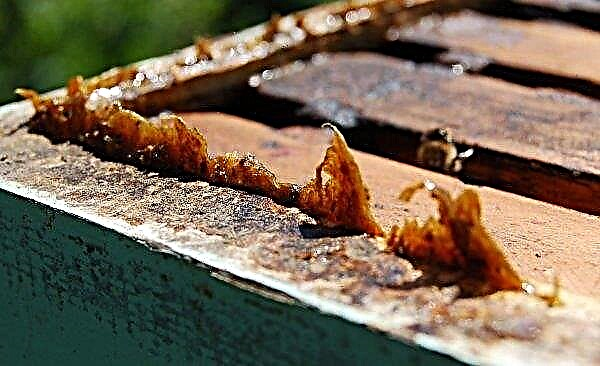Beekeepers from time to time need to expand their families in the apiary. You can increase the number of insects on your own, but not always at the same time the honey collection will remain at the same level. Some methods allow you to quickly propagate bee colonies without compromising honey collection. About how to correctly increase the apiary, read below in the article.
Why is the apiary increasing?
An increase in an apiary implies an increase in the bee family, that is, the number of insects in this family. The main goal of increasing an apiary is to expand beekeeping and increase the productivity of bee families. More bees will produce more honey. Thus, honey production increases and apiary volumes grow.
How and when to increase the apiary without compromising honey collection?
Under natural conditions, the bee family breeds by swarming.
However, this type of breeding has several disadvantages:
- natural swarming occurs spontaneously;
- the beekeeper weakly controls the swarming bee family;
- swarms are difficult to catch, they often fly away from the apiary and do not return;
- if swarming falls during the honey collection period, insect productivity becomes lower.

Thus, natural swarming does not allow increasing apiary volumes in a short time, causing damage to honey collection. To prevent harmful consequences, beekeepers increase the volume of the apiary by artificial methods.
Artificial reproduction of bees is an increase in the number of individuals in bee colonies under the control of a beekeeper. In practical terms, the beekeepers developed several methods for artificially increasing bee colonies. Regardless of the method chosen, the breeding process is started before the start of swarming. In the middle lane, natural reproduction occurs between mid-May and mid-June. Thus, targeted breeding of bee colonies should begin in April.Did you know? According to archaeologists, the ancient Egyptians sometimes used honey as a tax payment.
Apiary Growth Methods
There are many methods for increasing the apiary, and each beekeeper empirically determines what is convenient for himself.
Below are the most popular methods in the field of beekeeping:
- The formation of bee colonies from nuclei. The nucleus is a small family in which a spare uterus is stored. For reproduction, a successfully wintered nucleus is used. Upon the arrival of spring, insects begin to be actively grown - they put honey and bee bread into the nest, feed them with sugar syrup. Under favorable conditions, brood will soon take over the framework. After that, the nucleus nest is moved to a separate hive. In new conditions, bees develop independently and already in the first summer show high productivity of honey collection.

- The division of the family into two parts. This method consists in transferring half of the brood and bees to a new hive. To form a new family, a uterus is bought in a nursery and planted in a new hive.

- Plaque on the uterus. To perform this method, the beehive with the bee colony is transferred to a new place. In the same place they place a new hive. It is necessary to transfer all the frames with a sealed brood, the uterus and one frame with an open brood from the old hive, as well as 2-3 frames with a wax. Soon, working insects will fly to a new hive. After that, a new uterus is placed in the old one.

- Formation of layering. Layers of bee colonies are formed in a separate hive or building. There are two types of layering formation: individual and collective layering. To form individual layering from a family with approximately 8 brood frames, up to 3 frames are filled with a sealed brood.
 Also, bees should sit on the selected frames. They are placed in a hive along with 2 honey frames, shaking off a small number of insects from the mother bee family. After some time, the uterus is planted to a new layer. Prefabricated layering is distinguished by the fact that sealed brood and insects are taken from different bee families.
Also, bees should sit on the selected frames. They are placed in a hive along with 2 honey frames, shaking off a small number of insects from the mother bee family. After some time, the uterus is planted to a new layer. Prefabricated layering is distinguished by the fact that sealed brood and insects are taken from different bee families.
Important! When forming a prefabricated layering of bees, they are fumigated with smoke. Additionally, mint drops are used. So connected insects from different families will not aggressively oppose each other.
Step-by-step instructions for increasing apiary
The apiary aplication method presented below is one of the most effective. It consists in the rapid formation of a lay of bees.
Video: apiary rapid expansion
Beekeepers carry it out as follows:
- Take the uterus out of the bee colony.
- After 4-5 hours, put a frame for vaccination in the hive.
- When larvae will be brought up in this family and queen cells will be printed, enclose them in special beekeeping cells. Thus, mother liquors will be grown in this bee family.
- Take one frame from the hive, regardless of whether there is a brood or not.
- Place two pre-prepared honey frames in the hive.
- Between the honey frames, place the previously cleaned frame with the bees.
- Open the cell with the uterus and put it on the bottom of the hive.
Important! This method is not suitable for industrial beekeeping. It is recommended to use it in small and medium apiaries.
Beginner Beekeeper Tips
An important tip from experienced beekeepers is to always adhere to the timing of artificial breeding of bee colonies. If you do not have time before the swarming begins, the bees will begin to swarm. In this case, you won’t be able to increase the apiary yourself. The above methods for increasing the apiary are associated with certain nuances. So, the division of families into two parts is carried out only in good weather. In favorable conditions, all working bees will fly to a new home.
When forming layering, it is necessary to lay frames with a sealed brood from the old family. Instead, frames with empty honeycombs or wax are laid in the old hive. If this is not done, then the old bees in the lay will die out at a time when the uterus is sowing a frame. In addition, taking a printed brood from strong families, the beekeeper restrains the swarming of insects. Worker bees instead will quickly begin to rebuild the honeycombs in an empty framework.
In practice, beekeepers use several methods to expand the apiary. Using the step-by-step instructions outlined above, you can easily increase the number of bee families without compromising honey collection.Did you know? During excavations in Greece, scientists discovered coins with images of bees minted on them. The findings date back to ancient Greece.




 Also, bees should sit on the selected frames. They are placed in a hive along with 2 honey frames, shaking off a small number of insects from the mother bee family. After some time, the uterus is planted to a new layer. Prefabricated layering is distinguished by the fact that sealed brood and insects are taken from different bee families.
Also, bees should sit on the selected frames. They are placed in a hive along with 2 honey frames, shaking off a small number of insects from the mother bee family. After some time, the uterus is planted to a new layer. Prefabricated layering is distinguished by the fact that sealed brood and insects are taken from different bee families.










